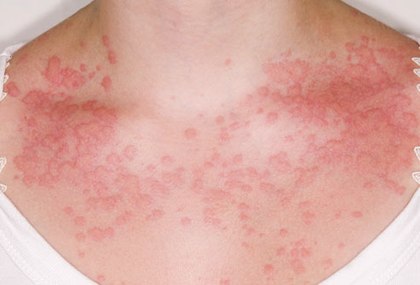Allergy to mites, symptoms and tips to control it
What is dust mite allergy?
In the dust of houses live micro-organisms, invisible to the naked eye, called mites. Among the mites with which we are continually in contact, some have an important allergenic power. In an allergic individual, contact with a few grams of these small animals is enough to cause respiratory symptoms. Indeed, the body identifies mites as enemies, the immune system is activated in a disproportionate manner, causing inflammatory reactions.

What are the symptoms of dust mite allergy?
Like allergy to pollen, mite allergy causes respiratory symptoms. When the mites come into contact with the nasal or bronchial mucosa, the symptoms appear. Most commonly, the patient suffers from allergic rhinitis: congested nose, sneezing and watery eyes. But dust mite allergies are the leading cause of allergic asthma, leading to significant respiratory problems in the patient.
Low levels of dust are enough
Researchers at Duke University in the United States evaluated approximately 40 chemicals generally detected and measured in known household dust samples and put them in contact with mouse fat cells.
The purpose of this study was to identify the evolution of the exposed cells, to see if they accumulated more triglycerides and to compare these changes with those of the control cells.
The study found that about two-thirds of these chemicals could promote lipid accumulation by these cells and / or stimulate fat cell proliferation.
The researchers then evaluated 11 samples of indoor dust samples (containing mixtures of these chemicals) and exposed these cells to these extracts. They found that even low levels of these substances were sufficient to promote lipid accumulation and / or fat cell proliferation.
This study provides insight into the factors that may contribute to increased metabolic disorders (eg, diabetes and obesity), and provides evidence that exposure to a variety of environmental chemicals contributes to this health trend.
"This work suggests that exposure to these types of potential metabolic disruptors is widespread. 2/3 of our 40 common household dust contaminants were active in promoting the development of fat cells in a cellular model. In addition, very low levels of dust were sufficient to promote the development of mature fat cells and their proliferation, "the researchers conclude.
Post Your Ad Here
Comments